Stroke is the leading cause of death, and also the leading cause of disability.
Stroke symptoms appear suddenly, the patient can die very quickly, or if the emergency stage is not passed, it can leave many serious sequelae later.
 |
| Illustration photo. |
In stroke patients, the brain area may have a blood vessel blockage or rupture, causing damage and affecting the function of that area. The function of the affected brain area will have symptoms on the outside. The three symptoms that people most easily recognize and account for the majority of stroke patients are facial distortion, weakness of the arms or legs, and difficulty speaking.
In English, people use the word “FAST” (written as FAST) to refer to these three symptoms. F is for face if there is facial paralysis, A is for arm if there is arm paralysis, S is for speech if speaking is difficult, T is for time which means you need to contact emergency services immediately if you have any symptoms of stroke.
There are many types of strokes, but the “golden hour” usually refers to ischemic strokes. If a blood vessel is blocked, blood will not reach the core, the main area will not receive blood. The brain will die if it does not receive blood within 5 minutes.
However, the surrounding areas that are served by other blood vessels, called the “penumbra,” may not function, but they are still viable. If this area can be revived, the patient may still recover.
The emergency procedure for stroke patients used to be one and a half hours, but now it is reduced to 45 minutes. In some cases, it only takes 15 minutes or 30 minutes, the procedure is performed correctly, quickly, and at a high speed. Because if left too long, the “twilight zone” will become the core zone, and for every hour that passes, the patient will have to lose 3.7 years.
The time allowed for treatment from the onset of symptoms to the infusion of the drug is 4.5 hours. If this time has passed, the patient still needs to be taken to the hospital because the infusion may no longer be possible, but there are other treatment options.
Can a needle be inserted into a finger to provide first aid for a stroke? According to Dr. Le Van Tuan, Director of the Center for Neuroscience, Tam Anh General Hospital, Ho Chi Minh City, there is no scientific basis for inserting a needle into the fingertip, but it can stimulate pain, and if a normal person is stimulated by pain, they will wake up. In terms of stroke treatment, there is no basis for this case.
In addition, people should not arbitrarily give the patient any medicine but should quickly contact emergency services or take the patient to the nearest medical facility as soon as possible for timely treatment.
Regarding the distinction between apoplexy and stroke, according to Dr. Hong Van In, Deputy Head of the Emergency Department, Tam Anh General Hospital, Ho Chi Minh City, it is very difficult to distinguish between these two conditions, even experts sometimes cannot distinguish.
There are cases where the patient collapses due to a stroke, but many times it is just hypoglycemia, fainting and will regain consciousness. But there are also cases where the patient is normal but then has symptoms of a stroke. In this case, it is necessary to go to the nearest medical facility for examination, diagnosis and appropriate treatment.
For first aid for a fainted person, first you need to see if the collapsed patient is in serious condition or not, check the airway, circulation, heart rate... If you have a blood pressure monitor at home, check it immediately and call the hospital or take your loved one to the nearest medical facility for further advice.
Source: https://baodautu.vn/nhung-dieu-can-biet-ve-can-benh-gay-tu-vong-hang-dau-d222666.html


![[Photo] Nhan Dan Newspaper announces the project "Love Vietnam so much"](https://vstatic.vietnam.vn/vietnam/resource/IMAGE/2025/4/17/362f882012d3432783fc92fab1b3e980)

![[Photo] Promoting friendship, solidarity and cooperation between the armies and people of the two countries](https://vstatic.vietnam.vn/vietnam/resource/IMAGE/2025/4/17/0c4d087864f14092aed77252590b6bae)
![[Photo] The beauty of Ho Chi Minh City - a modern "super city" after 50 years of liberation](https://vstatic.vietnam.vn/vietnam/resource/IMAGE/2025/4/18/81f27acd8889496990ec53efad1c5399)
![[Photo] Closing of the 4th Summit of the Partnership for Green Growth and the Global Goals](https://vstatic.vietnam.vn/vietnam/resource/IMAGE/2025/4/17/c0a0df9852c84e58be0a8b939189c85a)
![[Photo] National Assembly Chairman Tran Thanh Man meets with outstanding workers in the oil and gas industry](https://vstatic.vietnam.vn/vietnam/resource/IMAGE/2025/4/17/1d0de4026b75434ab34279624db7ee4a)


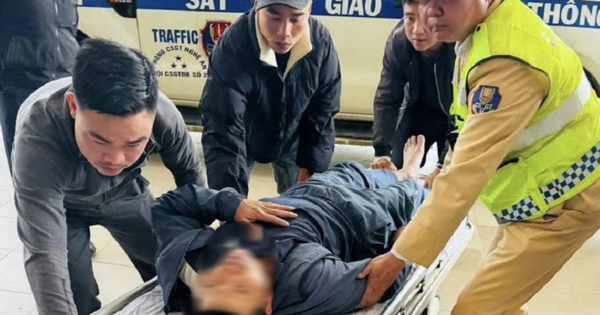

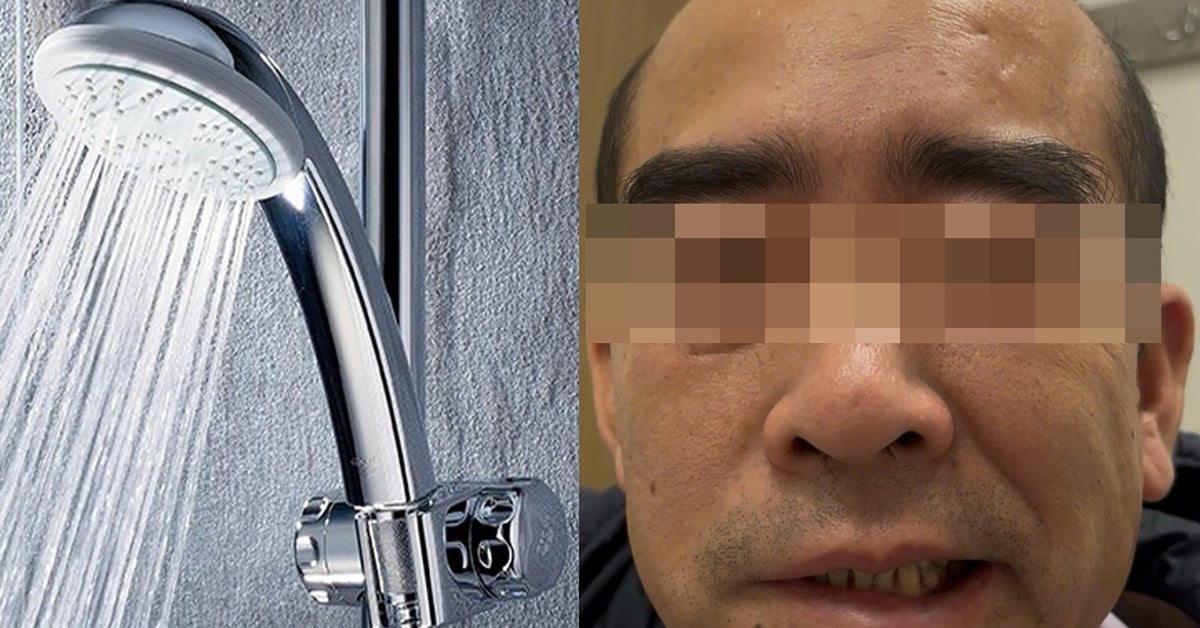

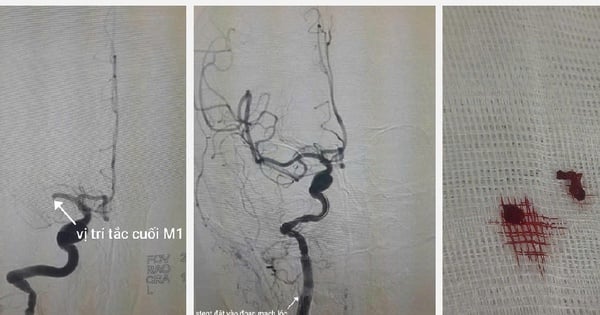

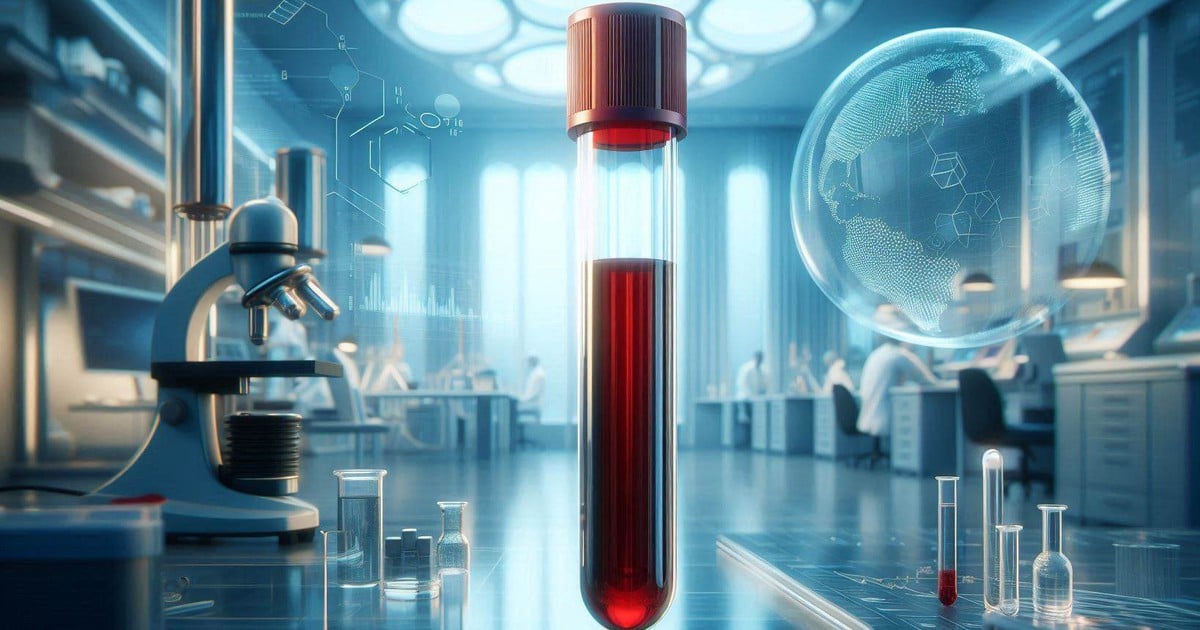

















![[Photo] General Secretary To Lam receives French Ambassador to Vietnam Olivier Brochet](https://vstatic.vietnam.vn/vietnam/resource/IMAGE/2025/4/17/49224f0f12e84b66a73b17eb251f7278)

















































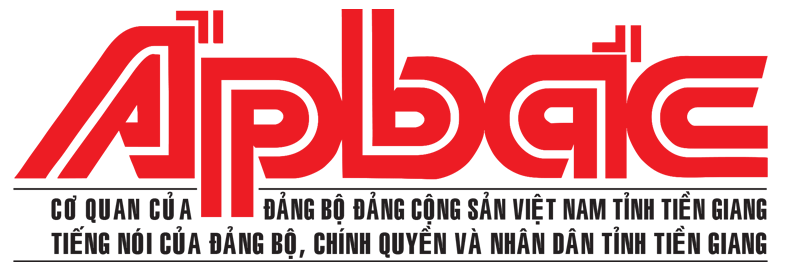













Comment (0)